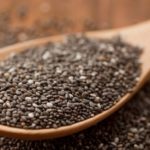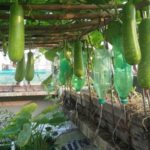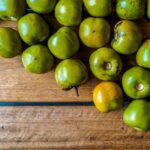Bok Choy, a nutrient-dense vegetable, is an excellent source of vitamins A, B, C, and K, as well as essential minerals like calcium, phosphorus, and iron. According to Eastern medicine, this vegetable has a warming effect and a spicy flavor, making it a go-to remedy for clearing phlegm caused by colds. Its anti-aging properties are an added bonus, and it’s also useful for treating sore throats and common colds during the colder months.
If you’re interested in growing your own fresh and healthy Bok Choy, we’re here to help. Below, we’ll share a simple guide on cultivating this versatile vegetable at home. Let’s get started!
1 What You’ll Need
 Gather the essential supplies for planting Bok Choy
Gather the essential supplies for planting Bok Choy
- Bok Choy seeds – choose a reputable source for a higher germination rate.
- A container, such as a bucket or a pot, with adequate drainage holes to prevent waterlogging.
- Potting soil – Bok Choy thrives in well-drained, loose soil with a pH between 6.5 and 7. You can mix soil, rice husk charcoal, coconut fiber, and worm castings for optimal results.
- Organic fertilizer – provides essential nutrients for young plants.
- Other tools: a water container, fabric, etc.
Pro Tips:
On Seeds: Bok Choy comes in many varieties, so select a type that suits your preferences. Ensure the seeds are intact for optimal germination.
On Soil: The right soil mix is crucial for healthy plant growth. You can create your own mix by combining soil, rice husk charcoal, coconut fiber, and worm castings.
On Containers: Choose a container with sufficient drainage holes to allow excess water to escape.
2 Planting Bok Choy
Step 1 Seed Preparation
Enhance the germination rate of your Bok Choy seeds by soaking them before sowing. Start by soaking the seeds in a mixture of 2 parts boiling water to 3 parts cold water for 3 to 5 hours. Then, remove the seeds and place them in a moist cloth to germinate in a dry, shaded area until they sprout.
 Enhance germination by soaking and germinating the seeds
Enhance germination by soaking and germinating the seeds
Step 2 Sowing
There are two effective methods for sowing your Bok Choy seeds:
Scatter Method: Directly scatter the seeds on the prepared soil and cover them with a thin layer of soil. Gently water afterward.
Hole Method: Use your finger to create shallow holes, spacing them 15-20 cm apart. Place the seeds in the holes and cover them with soil.
Alternatively, you can start your seeds in seedling trays and transplant them once they’ve grown 2-3 leaves. This method ensures a higher survival rate for your young plants.
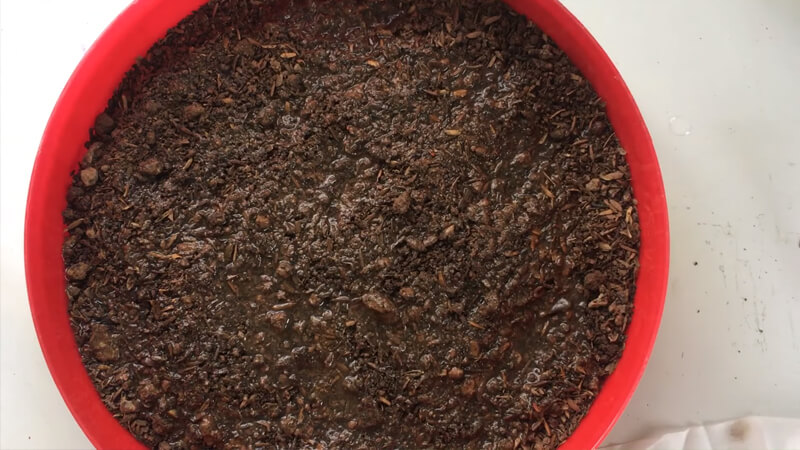 Sow the seeds and provide gentle watering
Sow the seeds and provide gentle watering
3 Caring for Your Bok Choy
Bok Choy thrives in cool, moist conditions. Here are some essential care tips:
Sunlight and Watering: When the seeds are freshly sown, shield them from direct sunlight and heavy rain, which can hinder their growth. Water your plants twice a day, once in the early morning and again in the cool evening. Avoid overwatering and nighttime watering to prevent fungal growth.
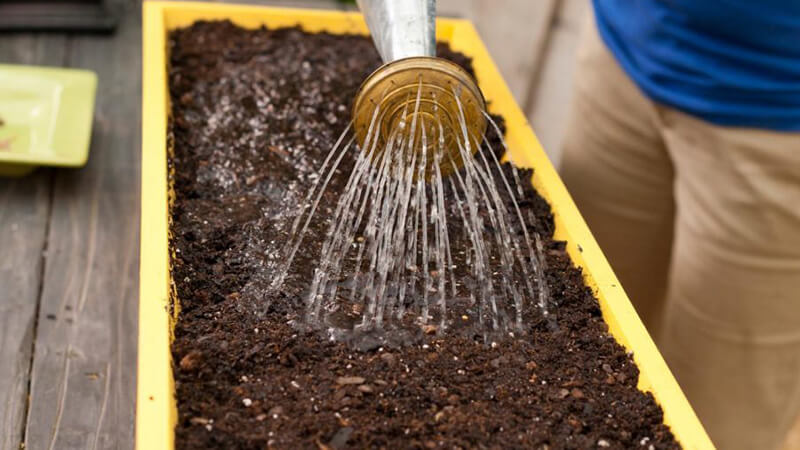 Water your Bok Choy twice daily
Water your Bok Choy twice daily
Thinning and Fertilizing: As your seedlings grow their first leaves, thin them out by removing weak or diseased plants. Aim for 1-2 healthy seedlings per hole. After about 10 days, feed your plants with well-rotted organic fertilizer such as worm castings or chicken manure. Continue to fertilize every seven days, adjusting the amount based on your plants’ color and growth.
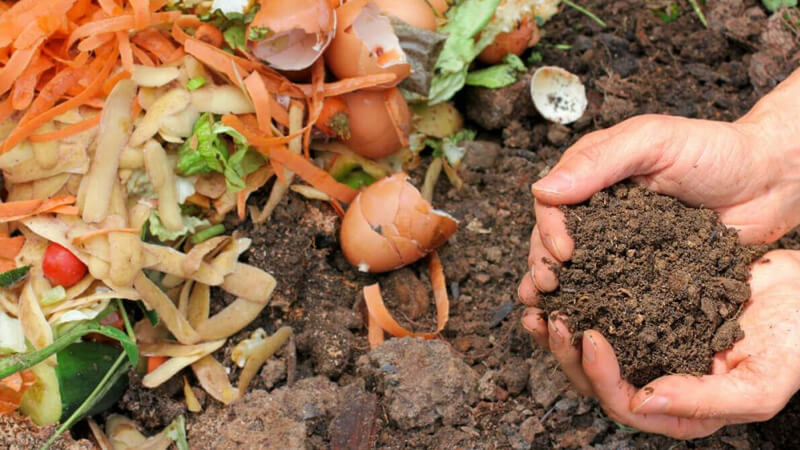 Feed your plants with organic fertilizer for optimal growth
Feed your plants with organic fertilizer for optimal growth
When fertilizing, remember to hill the plants to prevent them from falling over and regularly weed to keep pests and diseases at bay.
Pest and Disease Control: Bok Choy may attract pests like leafhoppers and armyworms, as well as diseases like bacterial wilt. Combat these issues by regularly spraying organic pesticides made from garlic, chili pepper, and rice water.
 Keep pests at bay with organic pesticides
Keep pests at bay with organic pesticides
Harvesting: Your Bok Choy will be ready for harvesting after about 30-40 days, when it reaches a height of 9-18 cm. For younger, more tender Bok Choy, harvest it earlier by cutting it close to the root.
Bok Choy is a versatile ingredient in Vietnamese cuisine, featuring in dishes such as stir-fries, soups, and congee. We hope this guide has empowered you to grow your own healthy and delicious Bok Choy at home. Happy gardening!
The “Timid Queen” of Herbs: A Plant That Grows Wild and Is Highly Prized in Vietnam.
The Touch-Me-Not plant, also known as the Shy Plant or the Sensitive Plant, is not just a fascinating plant that ‘shies away’ when touched, but it is also a revered herb in traditional medicine. This unassuming plant boasts a plethora of surprising health benefits that have been utilized for centuries.
The Secret to Keeping Pork Fresh: Don’t Refrigerate, Try This Marinade Instead
For years, there has been a common misconception that freezing pork directly will result in tough and dry meat. However, a seasoned chef has revealed a secret technique that guarantees fresh and tender pork every time. Unveil the mystery behind this age-old trick and discover the key to unlocking the true potential of your pork dishes.

























